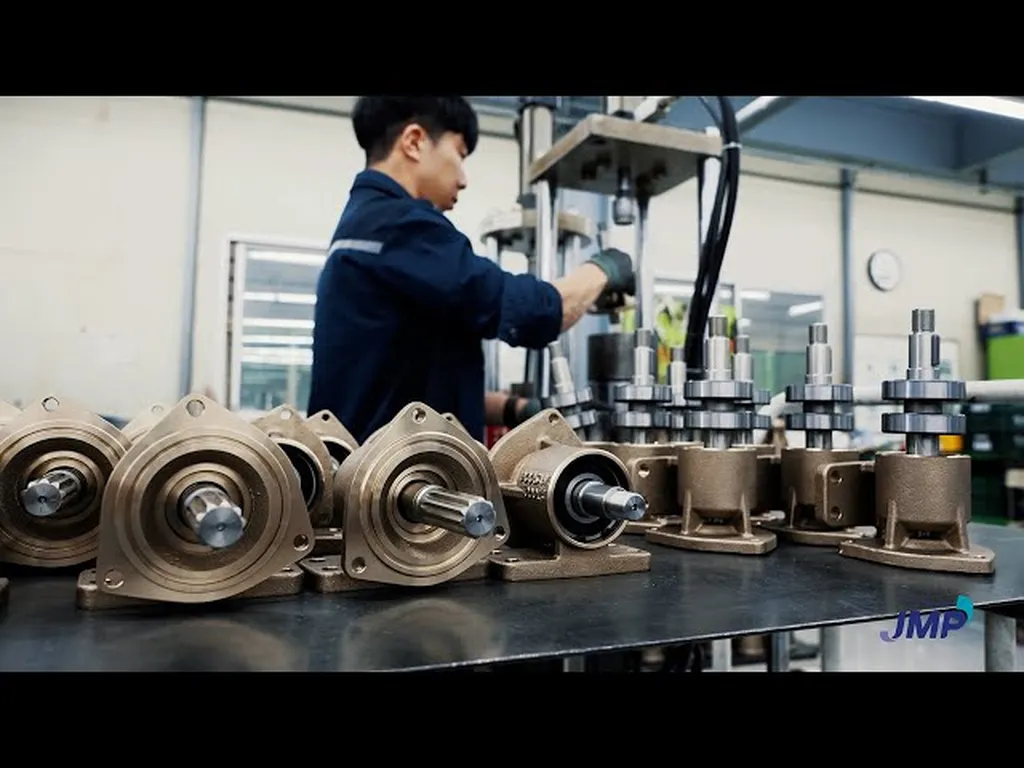In the bustling world of maritime manufacturing, where customization and efficiency are key, a recent study might just be the game-changer the industry has been waiting for. Ronghua Meng, a researcher from the Hubei Key Laboratory of Hydroelectric Machinery Design and Maintenance at China Three Gorges University, has been delving into the nitty-gritty of optimizing the layout and cutting scheduling of large-scale customized metal structural parts. And guess what? His findings, published in the journal ‘Scientific Reports’ (which, by the way, is known in Chinese as ‘自然通报’), could have some serious ripple effects across the maritime sector.
So, what’s the big deal? Well, Meng and his team have tackled a problem that’s been bugging manufacturers for ages: how to balance the time it takes to complete a job, the penalties for delays, and the efficient use of materials. They’ve come up with a two-stage model that’s like a matchmaker for layout and cutting scheduling. First, it maximizes the use of sheet metal, and then it minimizes the time and penalties involved in processing.
Now, you might be thinking, “That’s all well and good, but how does this translate to the maritime industry?” Well, imagine this: ships and offshore structures are made up of a lot of customized metal parts. If manufacturers can optimize the way these parts are laid out and cut, they can save a ton of time and money. And in an industry where every penny counts, that’s a big deal.
Meng’s team used some pretty fancy algorithms to solve this puzzle. They called them the Improved Grey Wolf Optimizer (IGWO) and the Modified Non-dominated Sorting Genetic Algorithm (MNSGA-II). Fancy names aside, these algorithms are like super-smart assistants that help manufacturers figure out the best way to arrange and cut their metal sheets.
Meng explained, “The layout problem at Stage 1 can be solved by the IGWO algorithm. Based on the layout heuristic strategy, the parts with smaller priority values are laid first.” And for the cutting scheduling problem, they used the MNSGA-II algorithm. “The production scheduling heuristic strategy of the smaller priority values cutting first is formulated to generate the initial population,” Meng added.
The results? Well, they speak for themselves. The two-stage model and the improved algorithms proved to be effective, according to the experiment results. And that’s not just good news for manufacturers—it’s a win for the entire maritime industry.
So, what does this mean for maritime professionals? It means that the future of manufacturing is looking brighter, more efficient, and more cost-effective. And with researchers like Ronghua Meng and his team at the helm, who knows what other innovations are just around the corner? One thing’s for sure: the maritime industry is in for an exciting ride.

